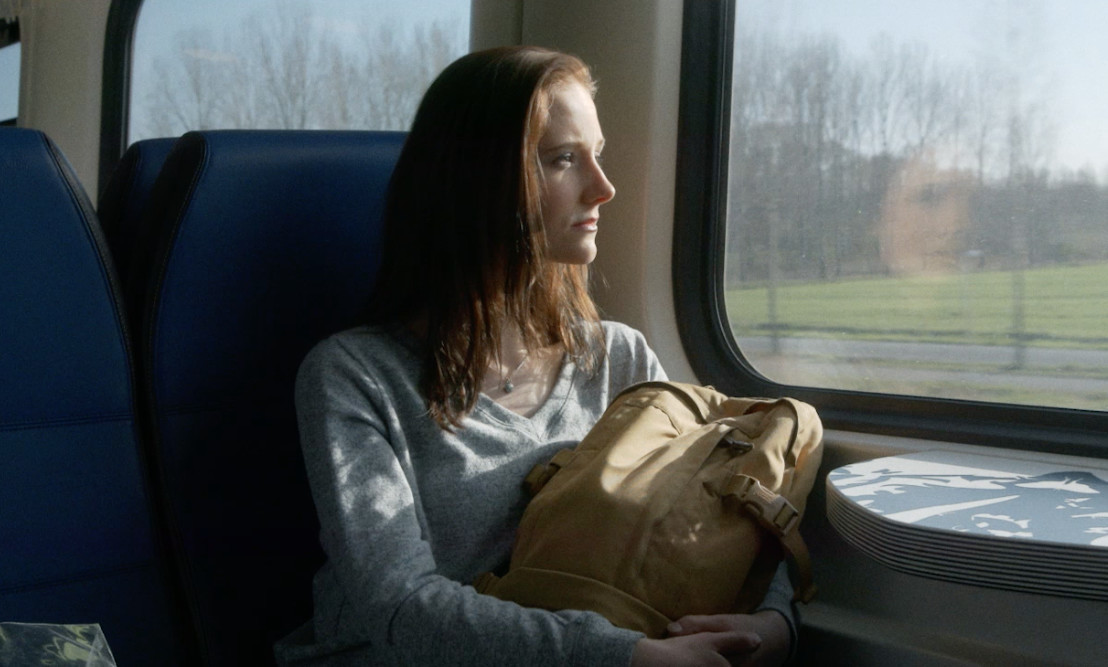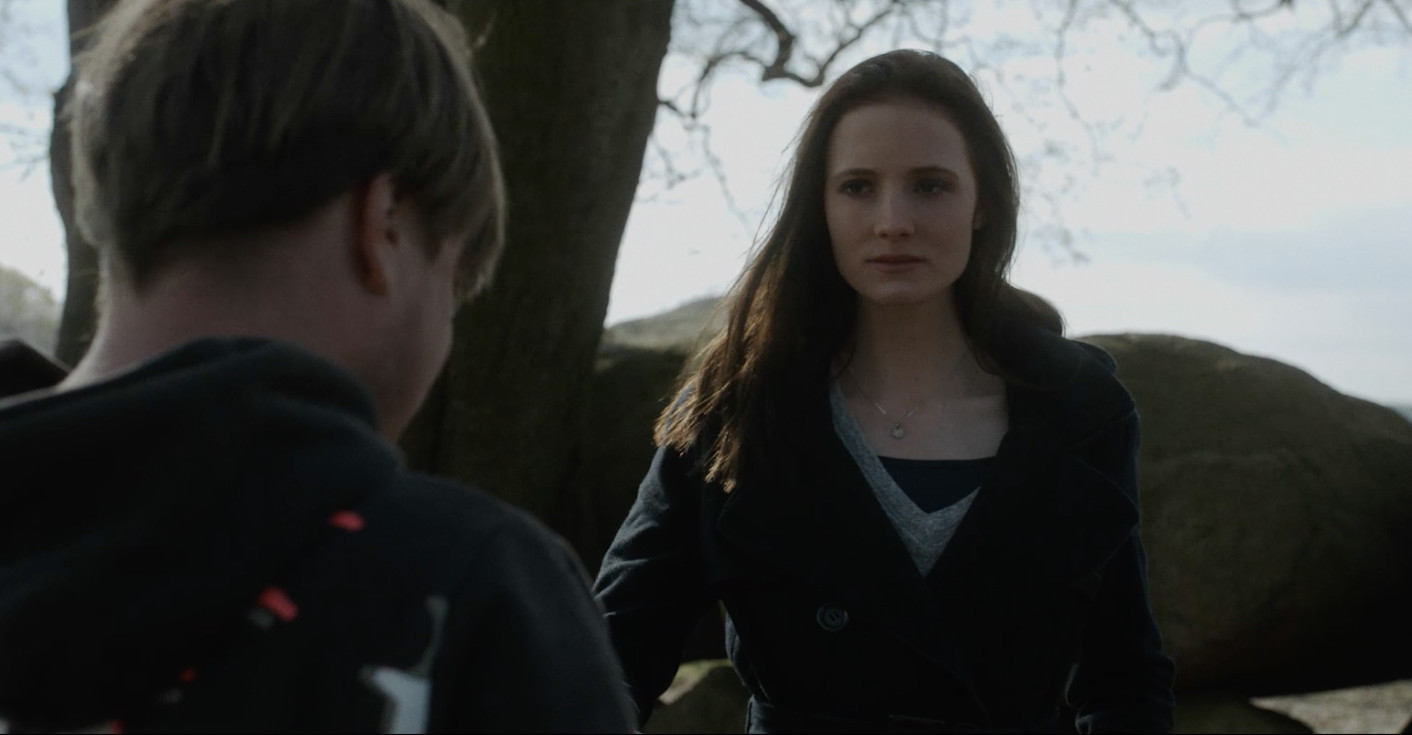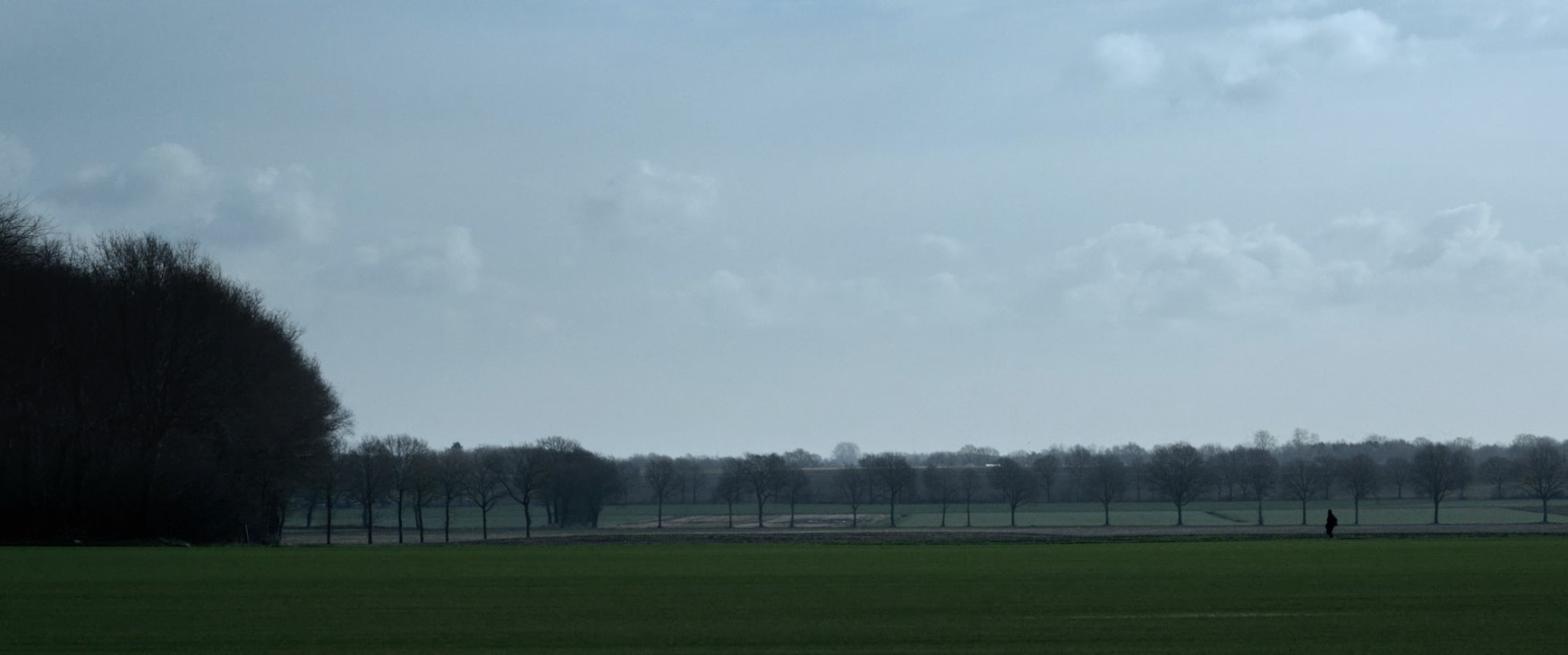
Case Study: Terminus
Jan Pool tells about his Official Competition submission: Terminus.
Geplaatst op 26 augustus 2019The Dutch director Jan Pool has 30 years of experience in directing TV, film, drama series, screenwriting and producing. He is known for his work on EO series such as Topdoks and Checkpoint, as well as the national television series Spangas.
"It took a really long and bumpy road to finish this challenging project, which started with this one simple sentence: 'A girl, on a train, carrying an urn'... But it turned out to be one of the most challenging trips I ever made."
A train and its passengers
"The first spark for the short film Terminus was a simple line: 'A girl on a train, carrying an urn', a line that was given to me by a co-writer I used to work with. Just that. She hadn’t developed this idea to a script version, but allowed me to work further on this concept, since I liked this promising starting point. I just sat down and started to write, resulting in many drafts, various endings, changes of perspective and at least ten draft versions."
"A train and its passengers: An intriguing concept. When people are travelling, surrounded by passengers they don’t know, they will secretly observe each other. At least, I do. And then I often wonder: Where are they going? What are their jobs? How are they feeling? There are always assumptions about people you don't know, but you can never tell if they are true. This basic idea set everything in motion. I kept working on the script, even after rehearsing with my actors, resulting in less and less dialogue, which I think is good."
"For more than thirty years I have worked as an independent director and writer, mainly for shows and drama series for television. It turned out to be a difficult process to make a switch from directing TV productions to making films, as both work fields are more or less different islands."
Professional production
"Often, I developed proposals for the various initiatives of the Dutch public broadcasters aimed at the development and stimulation of film talent, unfortunately without results. Not one of the ideas was selected. That's why I decided to produce the film myself. With the help of a lot of people in my network, also working in the TV and film industry, I was able to make Terminus on a professional basis, which was an important precondition for me from the start."
"At the beginning of the writing process, while developing the main characters, I already had two actors in mind for the film. I had worked with them before; with the lead actress, Joy Verberk, I had worked in a documentary drama and with the lead actor, Sander van Amsterdam, I had worked as a production assistant at that time but he was also an actor. They weren't even invited for a casting, which obviously is very unusual. I just asked them if they would like to join the project and they responded enthusiastically. I knew from the start that they could nail it, and they didn't disappoint me once."

A challenging shoot
"The production process was quite complicated. The first big difficulty was to find a suitable set for the train sequence. Everyone who knows a little bit about filming knows that shooting in a train is 'challenging' to say the least: Constant change of light, bumpy circumstances, other passengers... Just to name a few things you encounter when you're not able to confiscate a whole train. Johan Dijkstra (D.O.P.) and I found a perfect solution: A mock-up train owned by the official Dutch railways, in use for training purposes. This meant we could film everything in the right circumstances, indoors, with the use of green screens for the exterior landscapes, proper lighting, and so on."
"They agreed to having us for one day, but in the end they withdrew their commitment: Too much hassle. So we decided to shoot everything on a real train. We picked out a quiet Sunday, one with not too many passengers. Or so we thought... That day of shooting all hell broke loose: There were more than seven major train disruptions across the whole country on that very day, resulting in delays, angry passengers and overcrowded trains. And we were smack in the middle of it. I am confident that audiences will not notice the turbulent circumstances we had during filming, but cast and crew won't easily forget this day of horror."
"Our first day of shooting in the East of Holland, at the dolmens, wasn’t easy either. The weather conditions were really bad: Storm, rain, dark clouds, suddenly bright sun; like four seasons in one hour. A typically Dutch day, so to say. When looking at the rushes, we decided it was best to have a reshoot for those particular scenes. And I am glad we did."

The post-production
"D.O.P. Johan Dijkstra is a real film geek. I knew from the start that I could trust him with his vision for the film. We talked a lot about the atmosphere and style. Eventually, we came to a great cooperation: He took care of the overall look and feel, technical demands, lenses, choice of camera and the cooperation with the gaffer. And I focused on the story, the interaction with the actors, and the picture as a whole. And this worked out great in my opinion."
"Finally, for the editing I decided to look for a film editor outside my regular network: I really wanted to work with an editor who could add something new to the film, his own vision, experience and skills. I contacted Jasper Quispel, an acclaimed editor of beautiful films in the Netherlands and I think he did a great job. For the music I decided to get in contact again with Colin van der Lei, who once composed the score for #Paradise 9, a 48 Hour Film project I made a few years ago, and again he surprised me with a beautiful score."
"It was a really long and bumpy road, finishing this ambitious project which started with this one simple sentence: 'A girl, on a train, carrying an urn.' And it turned out to be one of the most challenging trips I ever made."
